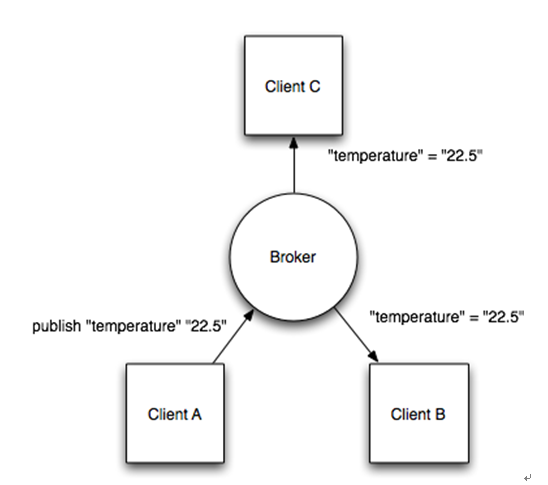Zigbee 的MAC Algorithm:
(1) Binary Random Backoff
(2) Channel Idle > CCA (CW=2) ==> 如果CW減到0 則傳送否則重新再來過
CW=2 是一個固定值 , 表示idle 至少有CW以上的時間,才認為channel idle 才可以傳
若Binary Random Backoff 完後, channel仍不是idle (包含CW沒有減到0) 則再一次進行Binary Random Backoff
BP=random(0, 2^BE-1)
BP: Backoff Period
BE: Binary Exponent , 每次發生collision . BE都會增加 ,其初始值為3, 則第一次BP為random(0,7)
NB: backoff 次數限值
Wi-Fi 的MAC Algorithm (DCF)
DCF (Distributed Coordination Function)= CSMA/CA+ACK
程序:
(1) Channel Idle > DIFS ? ==> channel idle是否大於DIFS的期間,若否繼續偵側,直到大於DIFS。若大於DIFS, 則隨機選一個random backoff window, 並且每一個time slot減1, 當減到0時, 才能傳送。減1的動作只有在判斷channel 是Idle的狀態才會減1, 若channel是busy狀態, 則不減1 ("freeze Backoff window")
採用time backoff 機制讓其他人有機會可以取得medium來傳送。
(2) Binary Random Backoff ( 決定了CW的值 ) => 當CW減到0時, 就直接傳送不用管channel idle與否。若傳了之後是發生碰撞(沒有收到ACK則視為碰撞),則此次傳輸沒有成功, 再重傳, 從(1)再來過。
CW=2 非固定值, CW=random(CWmin, 2^BE-1) 介於CWmin~CWmax中間,
CWmin------------ CW-------------------CWmax
CW=min(CWmax, CW)
CW=max(CWmin, CW)
若idle 長度至少有DIFS的長度才視為channel idle
----------------------------------------------------------
Wi-Fi vs Zigbee
- Zigbee和Wi-Fi 都是利用 Time Backoff 來創造一個公平機會的Medium Access 機制
- Zigbee 的CW是固定值, 而Wi-Fi CW是一個變數, Wi-Fi CW 其實是Zigbee 的BP, 兩者名稱相同, 但意思不同
- Zigbee 評估 Channel Idle , 看CW, 而Wi-Fi 評估 Channel Idle , 看DIFS
- Zigbee Backoff 的 BP會一直減1不管channel 是否idel或有人傳 , 而Wi-Fi Backoff 的 CW會減1但必須channel 是 idel狀態才能減1
CCA: Clear Channel Assessment
CW: Contention Window
DCF: Distributed Coordination Function
DIFS: DCF Inter Frame Space
References:
99.9% of the time Wireless is half duplex. There are experiments that can result in a "full duplex" wireless network but that's all lab-based and not real-world.
Full-duplex is what most wired connections use which means two devices can send and receive data at the same time and can also detect collisions straight away. via CSMA/CD
With Wireless the devices cannot send and receive simultaneously and they cannot sense collisions. Instead they use CSMA/CA to detect usage on the frequency to see if it is safe to transmit data. There are a large number of factors that can affect a wireless signal and interfere with it which results in lower throughput.



















